Postcolonial Artists and Global Aesthetics
AFRICAN EXPRESSIVE CULTURES
Patrick McNaughton, editor
ASSOCIATE EDITORS
Catherine M. Cole
Barbara G. Hoffman
Eileen Julien
Kassim Kon
D. A. Masolo
Elisha Renne
Zo Strother
AKIN ADESOKAN
Postcolonial Artists and Global Aesthetics
INDIANA UNIVERSITY PRESS
Bloomington and Indianapolis
This book is a publication of
Indiana University Press
601 North Morton Street
Bloomington, Indiana 474043797 USA
iupress.indiana.edu
Telephone orders 800-842-6796
Fax orders 812-855-7931
Orders by e-mail iuporder@indiana.edu
2011 by Akin Adesokan
All rights reserved
No part of this book may be reproduced or utilized in any form or by any means, electronic or mechanical, including photocopying and recording, or by any information storage and retrieval system, without permission in writing from the publisher. The Association of American University Presses Resolution on Permissions constitutes the only exception to this prohibition.
 The paper used in this publication meets the minimum requirements of the American National Standard for Information SciencesPermanence of Paper for Printed Library Materials, ANSI Z39.481992.
The paper used in this publication meets the minimum requirements of the American National Standard for Information SciencesPermanence of Paper for Printed Library Materials, ANSI Z39.481992.
Manufactured in the United States of America
Library of Congress Cataloging-in-Publication Data
Adesokan, Akinwumi.
Postcolonial artists and global aesthetics / Akin Adesokan.
p. cm. (African expressive cultures)
Includes bibliographical references and index.
Includes filmography.
ISBN 978-0-253-35679-6 (cloth : alk. paper) ISBN 978-0-253-22345-6 (pbk. : alk. paper) 1. Motion picturesSocial aspectsAfrica. 2. Motion pictures and globalization. 3. AfricaIn motion pictures. 4. Intercultural communication in motion pictures. 5. Literature and globalization. 6. African diaspora in literature. 7. Literature and society. I. Title.
PN1993.5.A35A34 2011
302.2343096dc22
2011014035
1 2 3 4 5 16 15 14 13 12 11
To Nusiratu Asake and Tolani Arike, mother and daughter
In acknowledging that we are part of the Third World we are, to paraphrase Jos Mart, affirming that our cheek feels the blow struck against any man, anywhere in the world.
Thomas Sankara, Freedom Can Be Won Only
Through Struggle (1984)
Finally, a word on the possible sexism of my language. This issue has dogged my steps for a while and I want to state my position on it once and for all. English is not my language. Though I have developed a taste for it, it was once forced upon me Now that after thirty years of toil I have acquired reasonable competence in the language, I am told by the progeny of those who first imposed it on me that I have been taught the wrong English by their forefathers; that I must now relearn the language. Frankly, I am too old to do so.
Ashis Nandy, preface to The Intimate Enemy (1983)
Contents
Preface
Living in Lagos, Nigeria, in the early 1980s, I was surrounded by art in all media: music, literature, cinema, television, radio, comic strips, photoplays, and theater, not to mention the unplanned spectacle of the expressive every day and night, the living art of the street itself. It was the heyday of Nigerias profligate Second Republic, a democracy only in name, and these urban media were at once art, business, and life, catering to a network of relations across social classes. I was more interested in enjoying this expressive culture than in understanding how it came to be, but felt a sense of loss when much of it began to fizzle out, probably coincidentally, following the military overthrow of the government of Alhaji Shehu Shagari. By the end of that decade, the country was deeply enmeshed in the neoliberal economic dragnet of a structural adjustment program, from which it has yet to fully extricate itself. Where did all those manifestations of a vibrant artistic culture go? Why was sustenance so easily denied them? How does one think productively about subsequent or residual forms of this culture, which never totally disappeared, even deep in those years of structural adjustment?
This book is written in part with these questions in mind. It seeks to explore the aesthetic consequences of the decline of the nation-state prefigured in that disconcerting reality, turning toward works of art and the contexts of their emergence for possible leads. If all I cared for then was aesthetic pleasure, now I concern myself also with the complex socioeconomic and institutional questions of how art is constituted, focusing on the transformation of genre through the specific technological and social changes of the past several decades. These changes are mirrored in the move from the concept of the Third World to the concept of postcoloniality, and to get an accurate sense of what they represent requires even-handed attention to a number of structural formations that do not always appear to have much to do with one another. How could I have known that something called the Washington Consensus could be responsible for the poor quality of the movie being shown inside a theater in a Lagos neighborhood? What connections might exist between the publication of little pamphlets by a group of socialists in postwar Detroit and the best-seller status of a first novel by a young Indian woman in the final years of the twentieth century? Starting from the premise that genre, the aesthetic typology of kinds in textual production, is shaped by context, I focus on six authors and filmmakers who produce works within the historical span of both decolonization and globalization. The various aspects of both globalization and prior processes are marked by contradictions, but in representational terms, the works of these artist-intellectuals present a useful elaboration on the changes attending postcolonial cultural production. This is both because of the intellectual nature of postcolonialismthe fact that it is individuals, as artists, writers, and activists, who best articulate the problems of postcolonial societyand because of the usual tension between a pragmatic use of the apparatus of representation and a commitment to varieties of cultural or political assertion.
Focusing on the different contexts in which both decolonization and globalization thrive, I identify a complex social formation, the crossroads of capital, as resulting from the shuttle between the economic and the cultural spheres, using the West African marketplace as an example. Using this idea of the crossroads of capital, I place the increasingly popular notion of the network society (Castells 2000) in a historically specific setting, aligning Castells term with earlier theorizations of the relationships between economic systems and diasporic and postmodern identities (A. Amin 1994; S. Amin 1990; Jameson 1991; Harvey 1990; Hall 1989). My primary objects are works of art, so I am interested in how these theoretical positions can be understood in relation to contexts of artistic production, and thus to a historical, materialist idea of genre. I approach this challenge by focusing on three manifestations of the peculiarity of postcolonial texts. The first is the fitful character of artistic representation within decolonization: the idea that some of what an earlier generation of artists engaged in anti-colonial critique considered the negative effects of the colonial encounter are among the principal barometers for understanding global identities today. The second is the aesthetic dimensions of uneven geographical development, that is, the imaginative ways in which globalization and its contents determine what is generically possible. The third is the way metropolitan location and the commodity form function to shape genres.


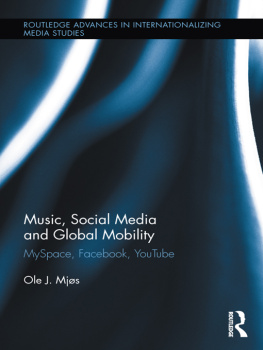
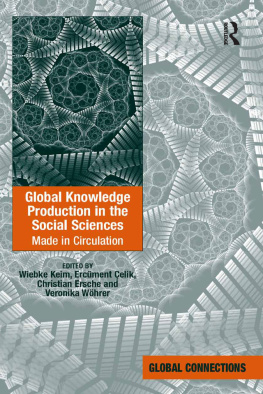
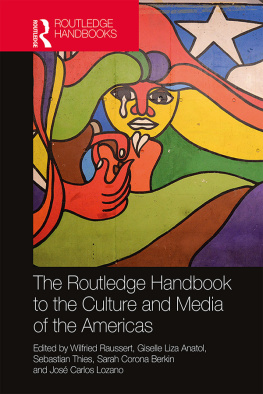
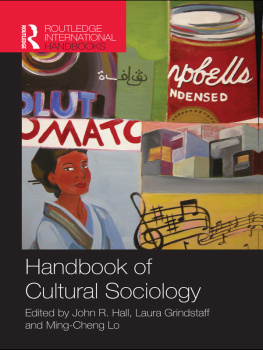
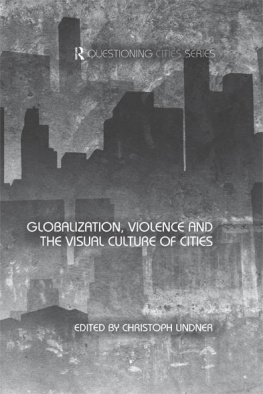
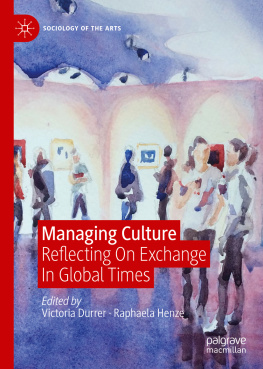
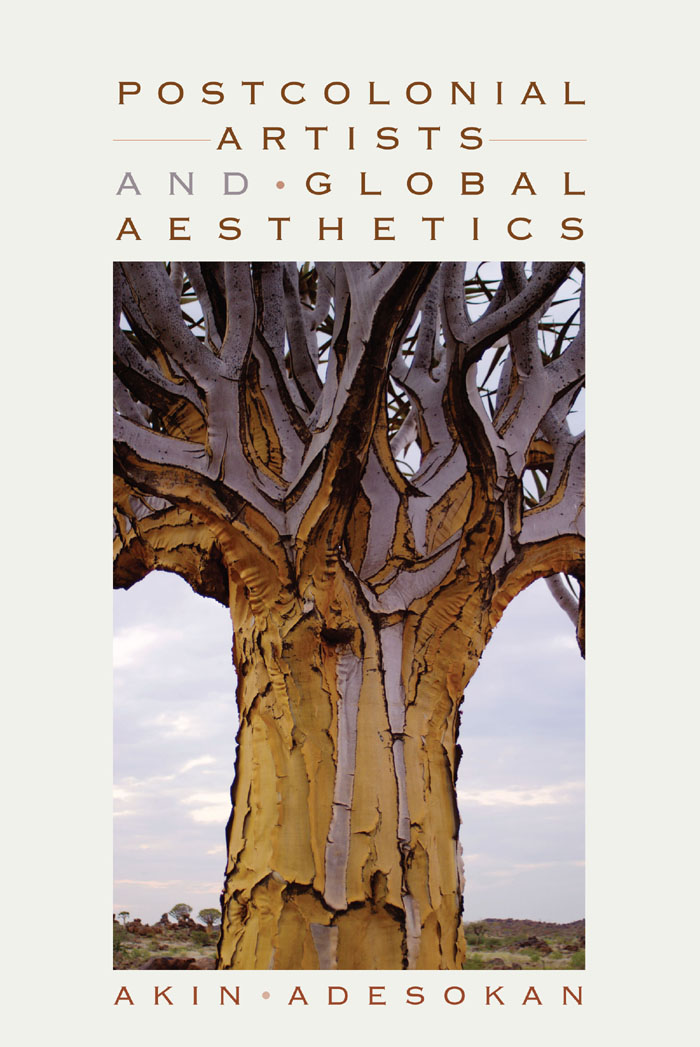
 The paper used in this publication meets the minimum requirements of the American National Standard for Information SciencesPermanence of Paper for Printed Library Materials, ANSI Z39.481992.
The paper used in this publication meets the minimum requirements of the American National Standard for Information SciencesPermanence of Paper for Printed Library Materials, ANSI Z39.481992.